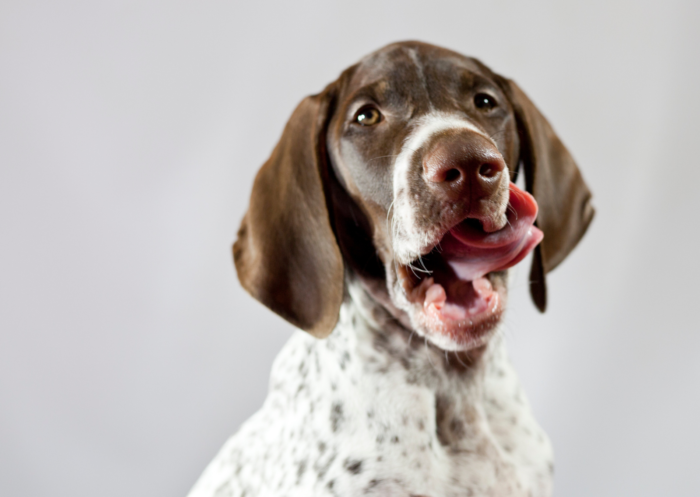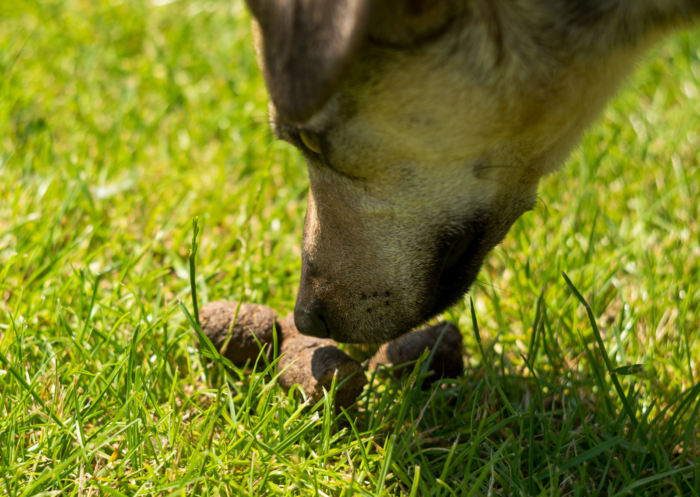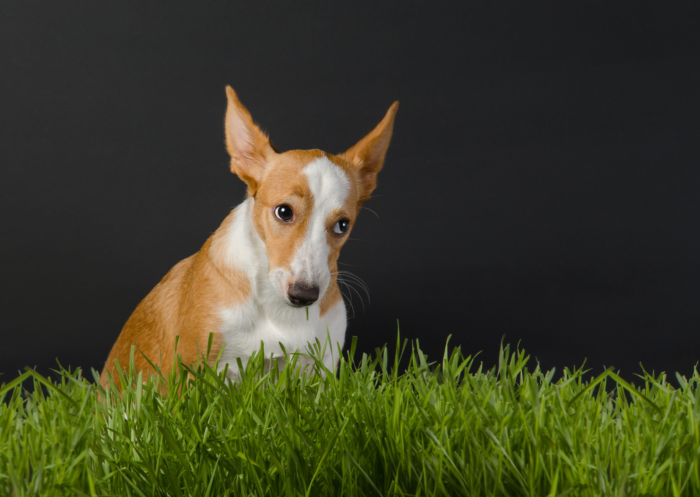Stinky Problem: Why do dogs eat poop?
Since dogs came to live with humans, coprophagia has become a major problem that was almost imperceptible before. It turns out that nearly 20% of dog caregivers struggle with their dog’s poop eating. Does your dog eat poop? Do you wonder how to stop this behavior?
Different types of dog feces eating
This disgusting habit can be broken down into:
- Eating ungulate manure – this behavior is also observed in carnivores in the wild. For example, horse manure is a source of microbial digestion products and can provide nutrients for dogs.
- Eating cat feces – A typical behavior for which the cause is unknown. Usually, it helps to buy a closed litter box, through which the dog does not have access to attractive morsels.
- Eating dog poop – female dogs eat their puppies’ feces; this is normal behavior that the caregiver could misinterpret. However, it is not known why adult dogs eat the feces of other adult dogs.
How your dog’s development has been
Many dogs appear to develop coprophagia through the conditions in which they live. For example, animals confined in pens or cellars are more likely to develop coprophagia than dogs that spend most of the time in the company of humans. This habit can be attributed to boredom and chronic stress, which are believed to cause coprophagia in dogs significantly. One aspect that can cause your dog to eat feces is responding inappropriately to your dog’s pampering at home. Animals punished for mishaps, especially if the punishment was rubbing the dog’s nose in droppings, try to clean up after themselves before the human notices the surprise. So don’t punish your dog for taking care of the house. In the case of a puppy, make sure you go for frequent walks. If mishaps happen to an adult dog, consider the cause of the condition, and seek help from a behaviorist and a veterinarian.
Maybe your dog eats poop because of health issues?
It was also noted that coprophagia might be affected by the deficiency of pancreatic enzymes. However, the problem disappears with administering the appropriate drugs, and the dog stops eating the feces. There is no clear link between dietary deficiencies and coprophagia, except for thiamine deficiency or vitamin B1. Experimentally induced thiamine deficiency in dogs causes them to eat dirt, which may be an attempt to obtain the missing nutrient. Microorganisms inhabiting the intestines involved in digestion produce essential B vitamins, including thiamine. The most associated variable with coprophagia was the reported eating style; as many as 51.1% of coprophagic dogs were defined as greedy. There are also preferences in eating droppings specific to some breeds. Terriers and hounds are most likely to nibble on dirt. Mainly stools not older than two days are consumed. Poopers are more likely to be found in multi-dog households where access to waste is much greater.
Eating poop and stress
Also, coprophagia could not be attributed to a lack of normal maternity, as among the animals in the study, dogs with coprophagia stayed with their mother for more than 7 weeks, as did non-fecal dogs. This problem also occurred in Beagle dogs that were under chronic stress. In response to prolonged cage isolation and a lack of social contact, increased body grooming, paw lifting, vocalizing, lowered posture, and repetitive behavior were also noted. So when considering behavioral therapy, all possible chronic stress causes should be carefully investigated. One study reported the case of a dog who lived with a sculptor and ate clay from his studio in addition to the poop. Behavioral therapy was implemented involving walking on a leash (unable to eat feces), paying more attention to the dog, reducing insulation, and providing toys (including teethers). The problem has been substantially alleviated. While coprophagic syndrome appears medically harmless, it is of great concern to many caregivers. One publication reported that some people find it so disgusting and that their bond with the dog is irreparably damaged that they consider euthanasia (McKeown et al. 1988). It is comforting, however, that these data come from 30 years ago, and since then, a lot has changed in the perception of the dog as a human companion. There is no scientifically valid hypothesis as to why dogs do this. The most likely explanation for eating dog poop relates to the adaptive defense against parasites in wild wolves. It was supposed to prevent the accumulation of dirt near the lairs. If the wolves had not cleared the dung from the resting places, numerous intestinal parasite larvae would have likely appeared over time. Thus, ingesting feces is the only available and effective method of getting rid of the threat. Depending on the species and ambient temperature, parasite eggs passing in the excreted feces turn into infectious larvae after a few days. Leaving the droppings would allow infectious larvae to hatch, which could remain on the wolf’s hair, thus moving from place to place. However, if the feces are eaten fresh, the larvae will not have time to become infectious in about 2 days, and the risk is likely much lower.
- https://onlinelibrary.wiley.com/doi/full/10.1002/vms3.92?fbclid=IwAR1OoJfrXgS3lBAtLF1xkmFtrgFRFwZo0s4kdk60s-8puISamwYaP-Yd8W8
- https://www.sciencedirect.com/science/article/abs/pii/S0195561691500334?via%3Dihub&fbclid=IwAR0RdAftwmopWyG2aaJ6qzeMpMrgChKfE6AtXiJefBh3QuAseqYaRplZOXg
- https://www.sciencedirect.com/science/article/abs/pii/S019556168250112X?via%3Dihub&fbclid=IwAR2e9VHU60k2VDEzvRUdD-iVfAqv0uRDXWP-44LYW4jHkVx8bNAh0tNzRq4
- https://www.sciencedirect.com/science/article/abs/pii/S0031938498002893?via%3Dihub&fbclid=IwAR2AdqCmU6Kf5YFOCYUBRBw6HMMQNMXiCd5_vzu_jsazTHS6HwHWRjsaZM4
- https://pubmed.ncbi.nlm.nih.gov/7197132/
- https://pubmed.ncbi.nlm.nih.gov/16673841/
- https://www.sciencedirect.com/science/article/abs/pii/S0304401714002982?via%3Dihub&fbclid=IwAR3zXv0TsHpS5g2Vny2ocEMIjvkUb2QKtwenBO3m8sxvJ3qVjyRxNUSzLkI
See also other posts:
June 30, 2023
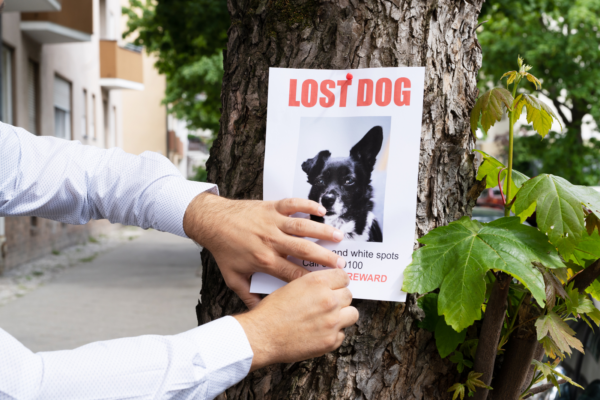
Get Your Lost Dog Back Home Quickly: Follow These 12 Tips for Success
Vacations favor more frequent and longer walks with our furry friends. We travel, visit new places. Summer makes us loosen our brakes and allow our…
June 30, 2023
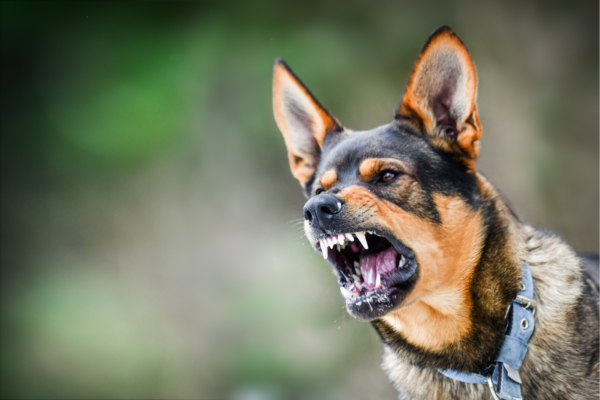
Managing Aggressive Dog Behavior: Tips for Peaceful Living
Living with an aggressive dog may seem challenging, but it can be peaceful and manageable with the right approach. One key aspect is to remain…
June 30, 2023
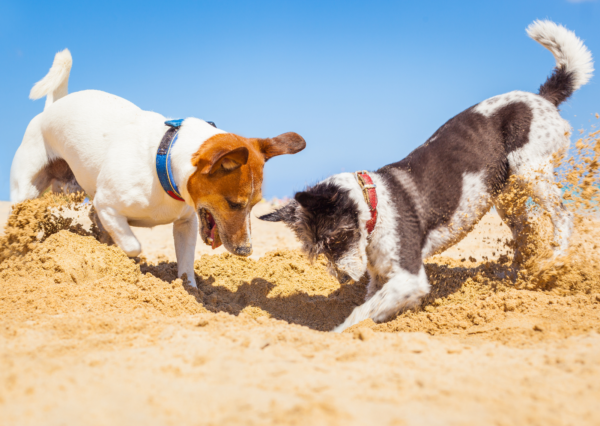
Unlocking the Secret to Successful Puppy Socialization: Quality over Quantity
Today, although the topic is very important, I will keep it brief. Socialization is a topic that could fill books or scientific papers. However, today…


